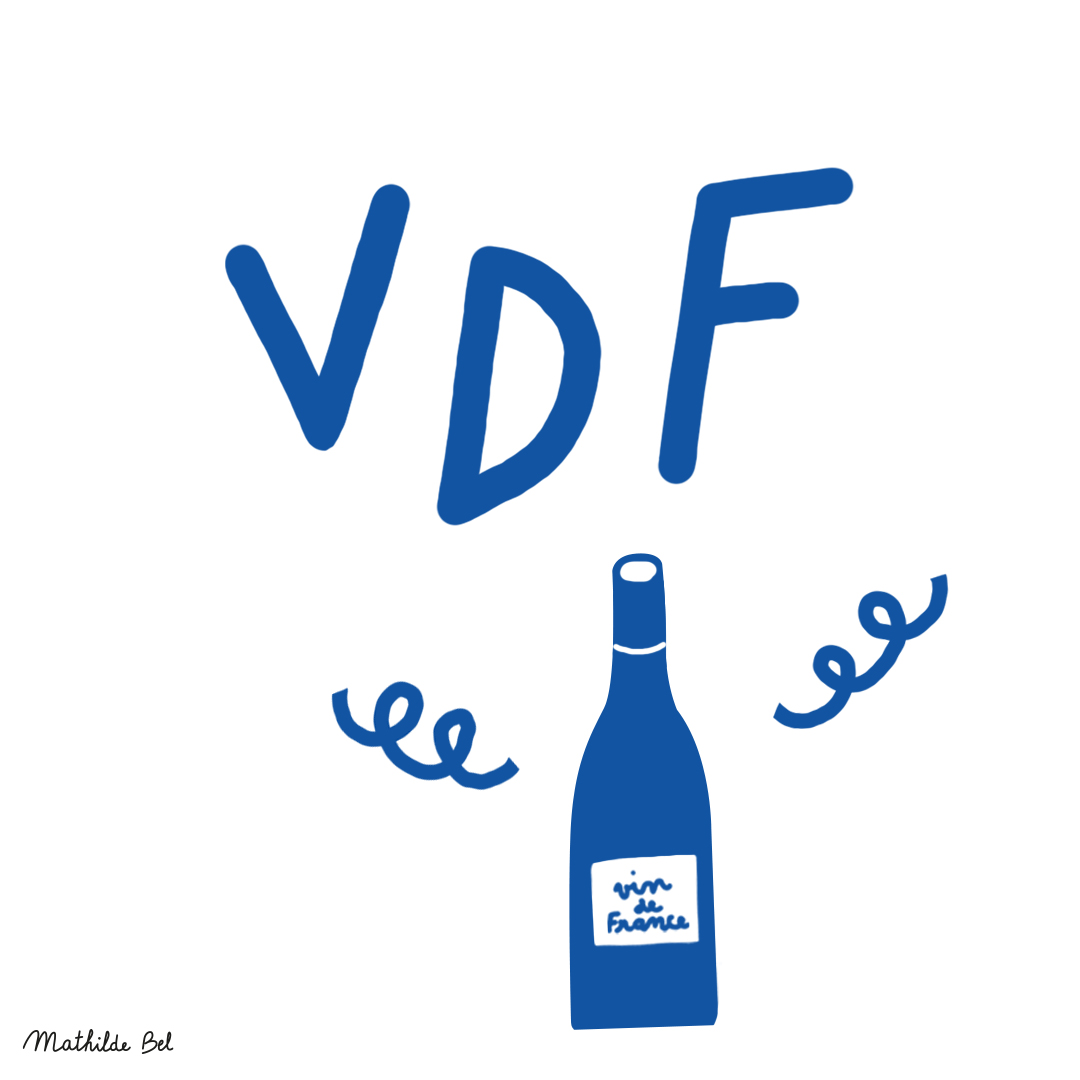Sémillon de France
Wines color
Taste profile
Sweetness
Body
Acidity
Tannins
Alcohol
Table of contents
Medal winners
Encyclopedia
Origin
Sémillon originates from southwestern France, in particular from the Aquitaine region.
Aromas
Sémillon's range of aromas is less intense than that of Sauvignon Blanc, which it is often blended with. It frequently features notes of ripe pear, honey, acacia flower, and dried fruits, such as hazelnut.
Wines profile
Sémillon, in favorable growing conditions with adult vines and low yields, can make high quality dry white wines with a lot of body and low to moderate acid. These wines can be barrel-aged and can be kept for many years. Sémillon can of course be used to make sweet white wines of the finest quality.
Cultivation areas
Sémillon is grown in southwestern France, primarily in Aquitaine, in the Gironde and Dordogne départements (counties), where it is used to make dry, sweet and liqueur-like wines. It is also found in the middle Garonne Valley, up to Albi. Finally, it is also grown in southeastern France between Avignon, Aix and Marseille.
Precocity
Sémillon is a relatively late grape variety, budding 5 days after the benchmark variety, Chasselas, and reaching full ripeness 2 1/2 weeks after it. This makes Sémillon a Period II grape variety.
Vigor
Sémillon is a moderately vigorous, highly productive grape variety. Sémillon can be trained with moderately long pruning or short pruning. When planted in areas susceptible to springtime frosts, it is pruned longer in order to ensure good production. The productivity of this variety depends on the fertility of the land in which it is grown. To obtain high quality wines, yields must be limited to between 25 and 40 hectoliters per hectare.
Soils
Sémillon seems to be well adapted to gravelly or clay-limestone soils. These soils give it an adequate water supply in dry periods as well as good water drainage. They also allow for proper ripening. Deep roots are a sign of quality, as they help to avoid gray mold, which Sémillon is highly susceptible to.
Climat
This temperate grape variety does not fare well in extreme climates, namely excessive sunlight. It does nonetheless need summertime heat. As it does require some humidity to grow properly, the climate of southwestern France is ideal for Sémillon.
Susceptibility to diseases and pests
Sémillon is susceptible to gray mold, black rot (on young leaves), mites and leafhoppers. It is little susceptible to oidium and eutypiosis, however. It is also little susceptible to shot berries during flowering.
Use
Sémillon is used only to produce wine. It is the most commonly used grape in producing the great sweet white wines of southwestern France, thanks to the natural action of noble rot, Botrytis Cinerea. It is also used to make Crémant, a type of sparkling wine.
Descriptive elements
Sémillon's bunches are medium-sized, with relatively large, round berries. The tips of the young shoots have a very dense fuzz of flat-lying hairs. Its young leaves are green with bronze patches, whereas its adult leaves are light to medium green. They have five lobes, with a slightly open to open petiolar sinus. The leaves have teeth that are short compared to their width at the base, with rectilinear or convex sides. There is very little to little pigmentation in the veins. Overall, the leaf blade is slightly jagged and quite bubbled, and its underside has sparse flat-lying hairs.
Clonal selection in France
The seven approved Sémillon clones (specifically named Sémillon B) are numbers 173, 299, 315, 380, 908, 909 and 910. A conservatory with more than 70 clones was planted in the vineyards near Bordeaux in 1990.

